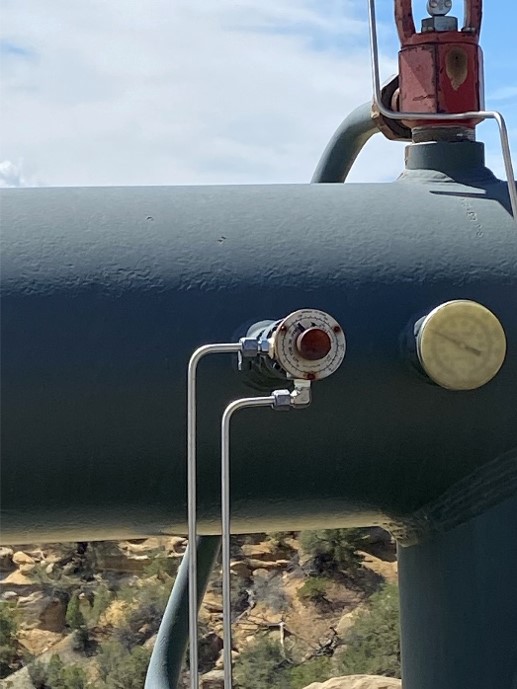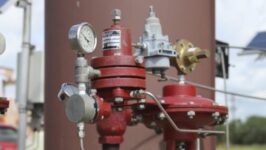The most recent revisions to Subpart W will require operators to implement changes to greenhouse gas reporting and, potentially, operations. The following summarizes requirements and makes recommendations for treatment of pneumatic devices.
New Requirement
- Additional calculation method based on direct measurement of natural gas supplied to the device or pump that vented directly to atmosphere,
- Additional calculation method based on natural gas emissions from each device or pump that vented directly to atmosphere,
- Specific calculation methods for vents that are routed to controls,
- Revised leak factor calculation for intermittent bleed devices, and
- New Emission Factors for all types of pneumatic devices
Pneumatic Type | Current EF (scf/hr/device) | New EF (scf/hr/device) | X difference |
Low Bleed | 1.39 | 6.8 | 4.89 |
Intermittent Bleed | 13.5 | 8.8 | 0.65 |
High Continuous Bleed | 37.3 | 21 | 0.56 |


Recommendations
- Consider retrofitting all feasible natural gas pneumatics to air or route to a control process or device. Several States have implemented specific reduction plans, but the WEC provides incentive to go beyond the standard.
- Maintain a record of all pneumatic devices (routed to process/control, converted to air, or venting to atmosphere)
- Be wary of sales companies using phrases like “zero bleed” or “no bleed.” Most devices with this phrase are actually low bleed devices. Non-emitting devices and no/zero bleed are not interchangeable phrases.
With the default emission factors, each low bleed device can roughly be equated to 1 ton per year of methane emissions. Attaching the WEC monetary value of 2026, 1 low bleed pneumatic device equals $1,200 of potential methane tax.

